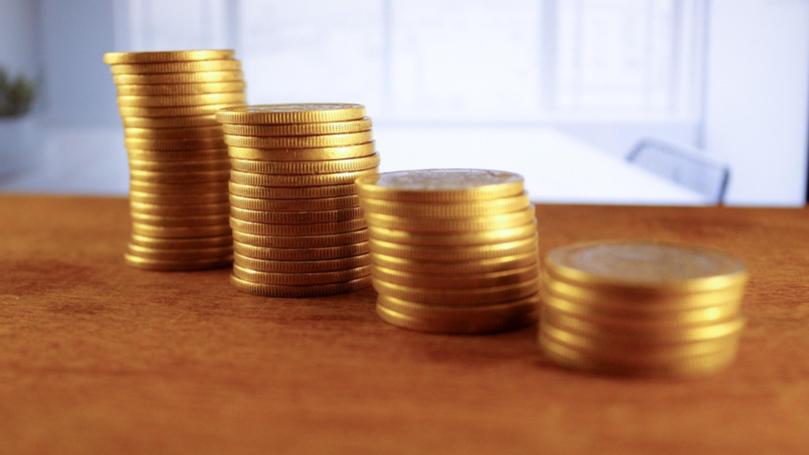Australia’s net overseas liabilities have dropped to the lowest level in decades, RBA says

A flood of superannuation cash into offshore markets has meant Australia’s reliance on foreign investment has fallen to levels not seen in 40 years.
The land Down Under long relied on overseas money to drive economic development, with funds pouring into sectors including mining, energy and banking.
That accelerated in the 1980s and contributed to political concern that the country would become a “banana republic” — with a permanent, big international trade deficit.
Sign up to The Nightly's newsletters.
Get the first look at the digital newspaper, curated daily stories and breaking headlines delivered to your inbox.
By continuing you agree to our Terms and Privacy Policy.But the trend has flipped in the past 10 years, Reserve Bank assistant governor Chris Kent will tell a Bloomberg conference in Sydney on Tuesday.
The amount of cash Australia owes foreign investors — both debt and equity — has halved as a share of the economy since 2014. In net terms, those liabilities are now less than 30 per cent of annual national income.
It means the country’s investment relationship with the rest of the world is more balanced than at any time since 1983.
Governments and businesses, especially banks, still borrow big from offshore. But this is now partly offset by a huge lift in Australian cash flowing overseas to buy shares, driven by superannuation.
Super funds now invest about half their money in assets overseas, according to Mr Kent. That’s up from about a third in 2013.
“Australians have steadily accumulated more foreign equity holdings than foreigners have accumulated in Australian equity,” Mr Kent said.
He said Australia’s foreign debt lifted in the decades after the dollar was floated in the 1980s — when the Federal Government and Reserve Bank stopped trying to control the exchange rate.
“Over more recent years, outbound investment has grown as a share of (the economy) as Australia’s saving rate rose and domestic investment declined,” Mr Kent said.
“This accumulation of foreign assets has contributed to an extraordinary decline in Australia’s net foreign liabilities to levels last seen prior to 1983.”
Most economists have long since stopped worrying about the country’s foreign debt, as most of the money has been used to develop local industries.
Yet the numbers highlight that Australia is becoming a nation of savers.
Superannuation was worth about $4 trillion at the end of 2024, according to the industry’s lobby group.
The sector has grown strongly as workers are required to slice off a portion of their income to pay for their retirements and the gains snowball.
Australia’s trade balance has also shifted dramatically in the past decade and has been positive since 2018 thanks partly to a huge upswing in production in resources.
That ended a multi-decade trend of the country importing more goods and services than it sold overseas.
